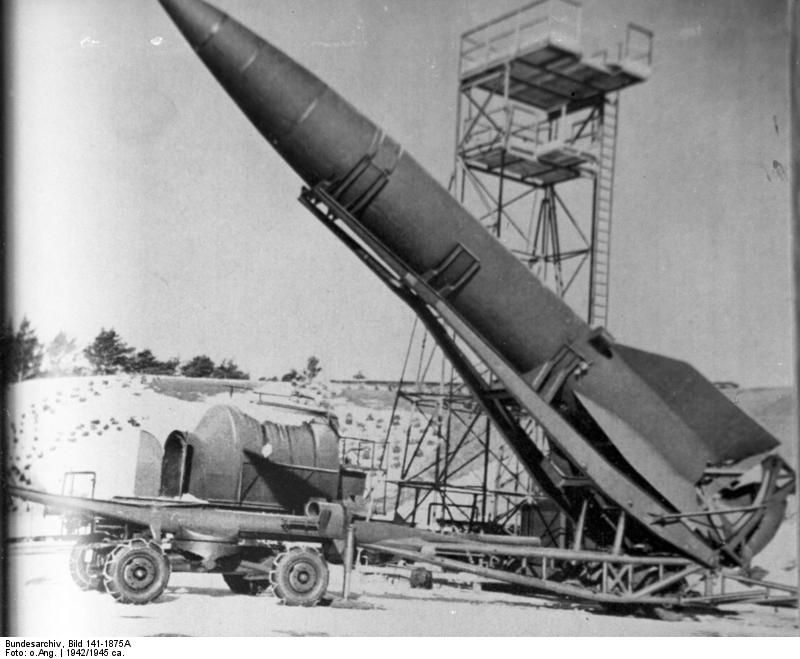Peenemünde: Poles and Hitler’s secret weapon – the V2 rocket
Mediathek Sorted


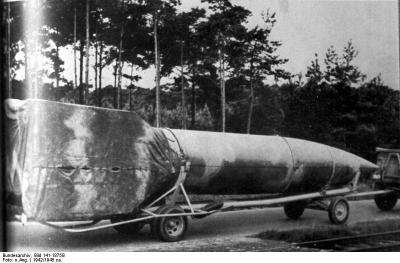
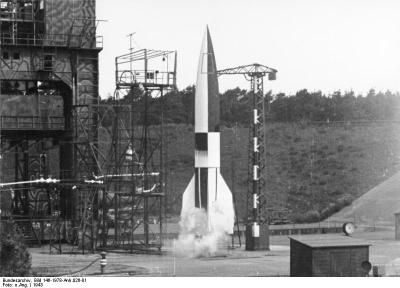
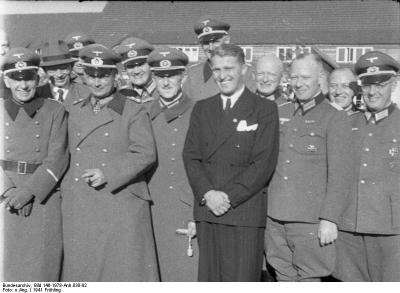
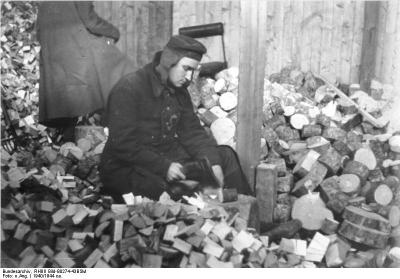
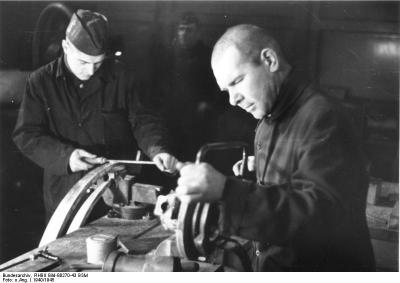

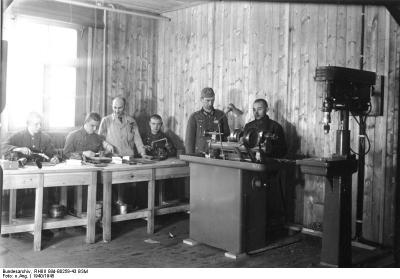
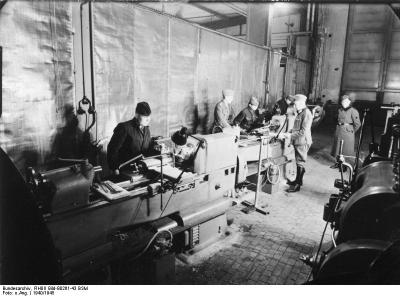
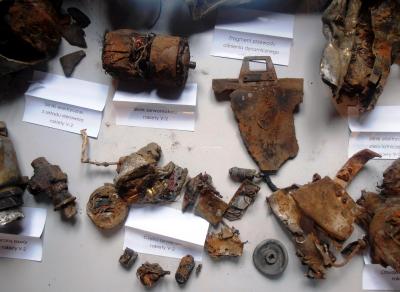
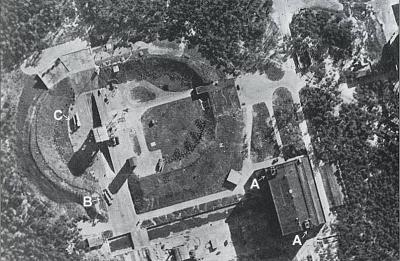
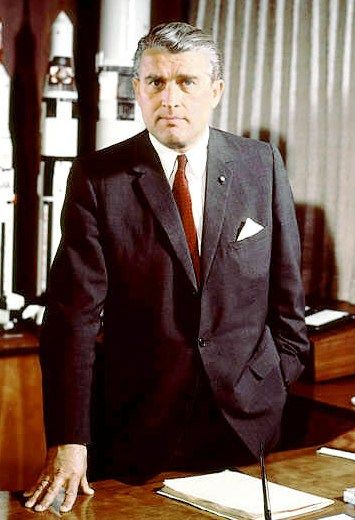
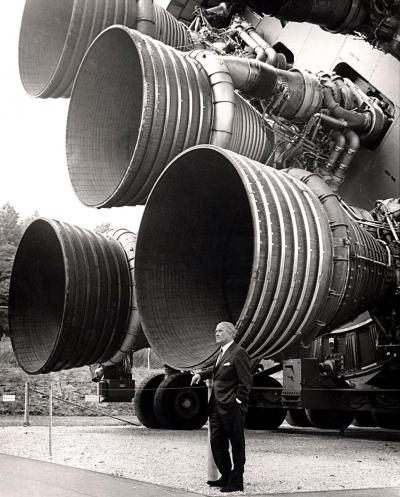

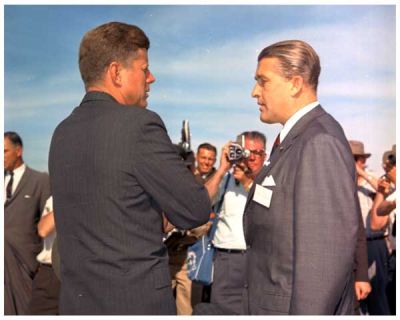
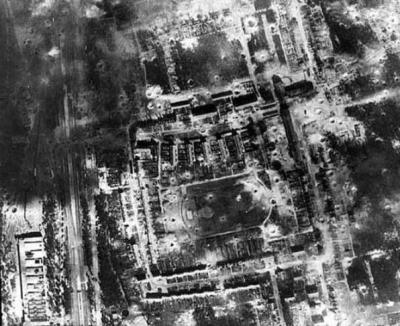
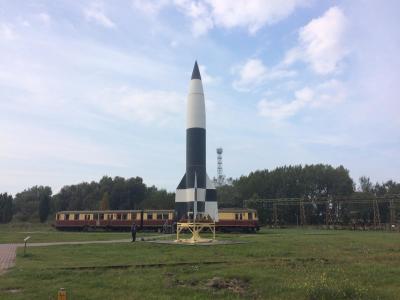
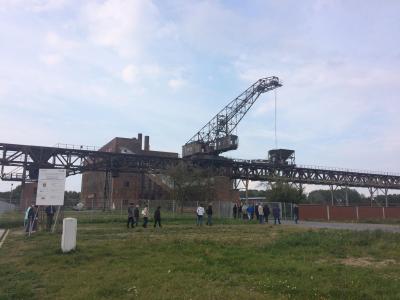
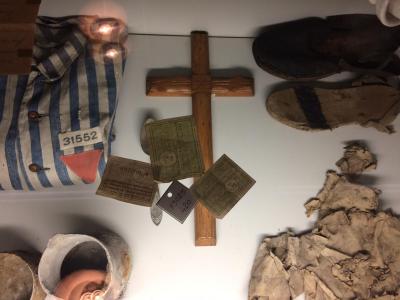
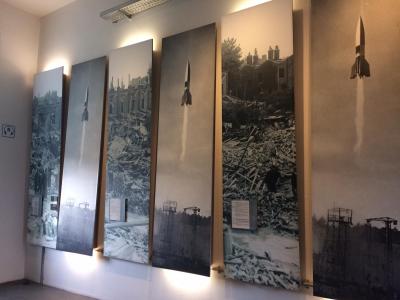
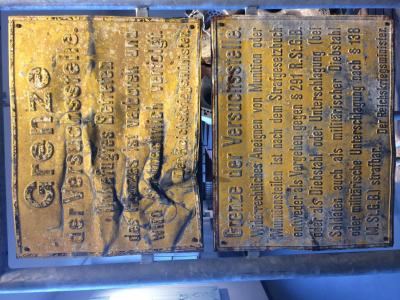
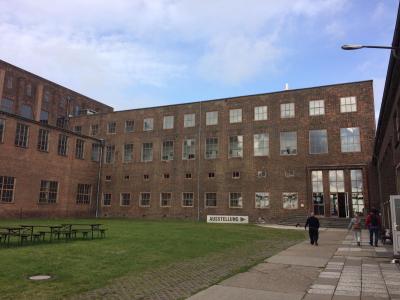

Peenemünde und die Polen - Hörspiel von "COSMO Radio po polsku" auf Deutsch

























Despite all these efforts, the Nazis did ultimately succeed in using the V2 rockets during the course of the war, albeit to a far lesser degree than originally planned. The air raids on London, Paris, Maastricht, Antwerp, and elsewhere led to the deaths of about 8,000 people. Even so, the bombing of the research centre in Peenemünde and the information about the missile obtained through the AK’s spying operation delayed the start of mass production and may have influenced the course of history. The hastily produced rockets often failed to ignite, or did not reach their target. The Nazis’ hopes for a “miracle weapon” were not fulfilled.
The part played by the Poles in discovering the V2 programme was not honoured internationally. After the war ended, the British took much of the credit for obtaining the information, while for a long time, Wernher von Braun, the “father of space flight” was celebrated in Germany as a cult figure. The scientist who dedicated his work to National Socialism was never brought to justice for his part in creating this lethal weapon. After Germany capitulated, he handed himself over to the Americans and emigrated to the US, where in 1958, he became the Director of the NASA Space and Rocket Center in Alabama. There, he developed the “Saturn V” rocket, which was used to take Neil Armstrong to the moon in 1969. Partly as a result of his collaboration with Walt Disney on a series of films about the conquering of space, Wernher von Braun became a popular figure for millions of Americans.
However, the Poles who were involved in unlocking the secret of the missile suffered a very different fate. After an unexplained attempt on his life, Jerzy Chmielewski, the secret service officer who brought parts of the unexploded rocket to London, emigrated to Brazil and never returned to Poland. Antoni Kocjan, the head of the AK air reconnaissance, was arrested by the Gestapo for making grenades, and was executed in August 1944 in the Pawiak prison in Warsaw.
Monika Stefanek, February 2018
The Historical Technical Museum in Peenemünde documents the history of the construction of the V2 rockets.
Museum address: Im Kraftwerk, 17449 Peenemünde
Website (also available in Polish): https://museum-peenemuende.de/?lang=en
Film:
The spy film “Die gefrorenen Blitze” (“Frozen Flashes”) directed by János Veiczi, is based on the quest to unlock the secret of the V2 rockets. The film includes archive footage from the Second World War. Cast: Leon Niemczyk, Alfred Müller, Emil Karewicz, Dietrich Körner, Renate Blume and Ewa Wiśniewska. Production: DEFA film studios, 1967.
Film trailer: https://www.youtube.com/watch?v=dKqqOAlnEjg





















































































